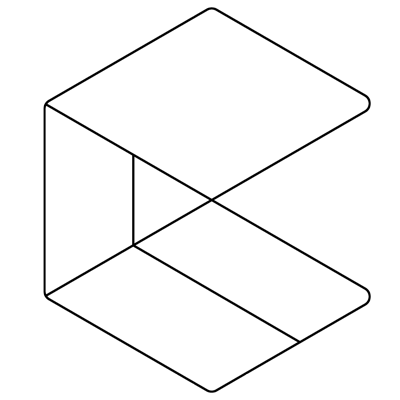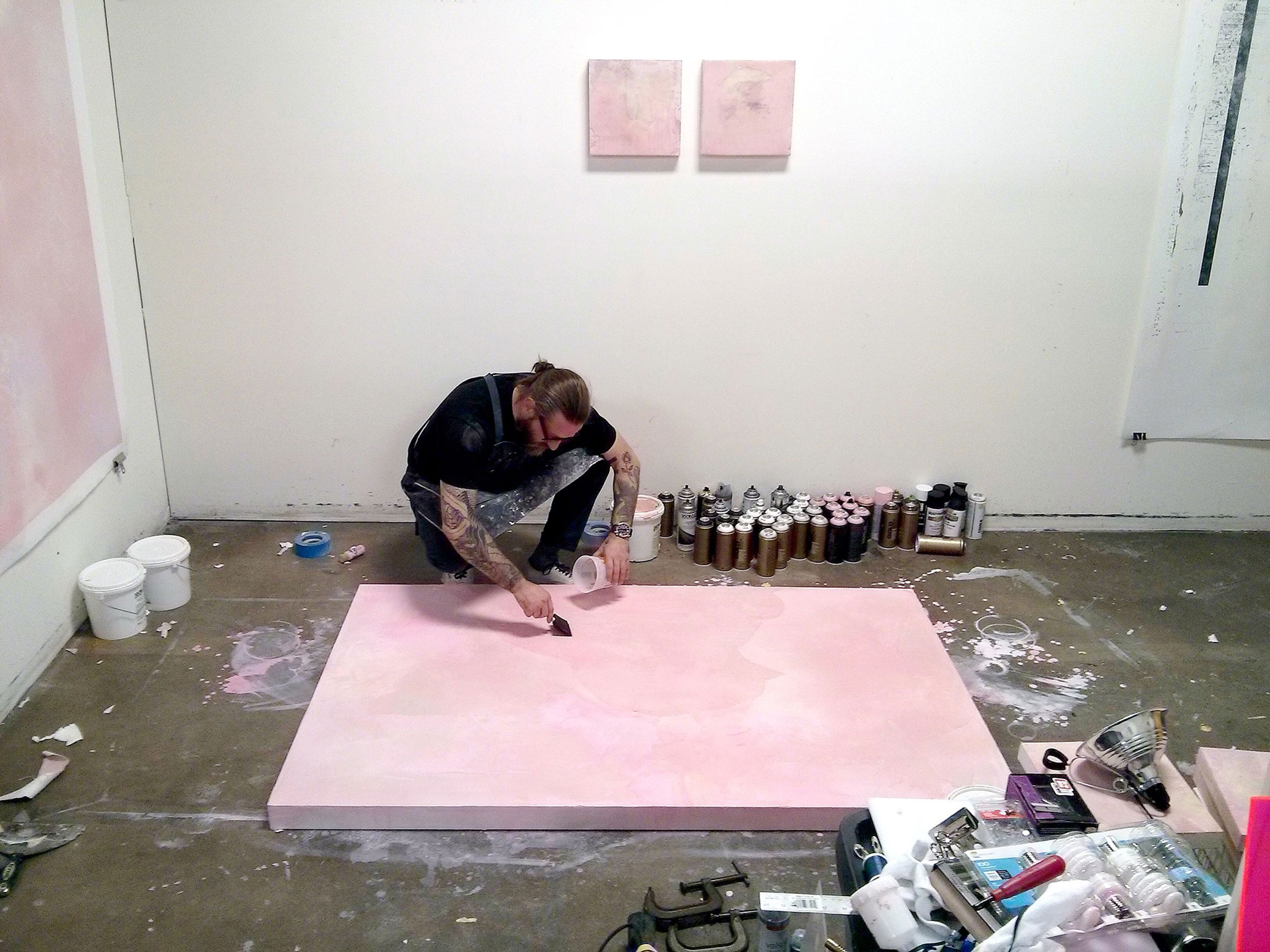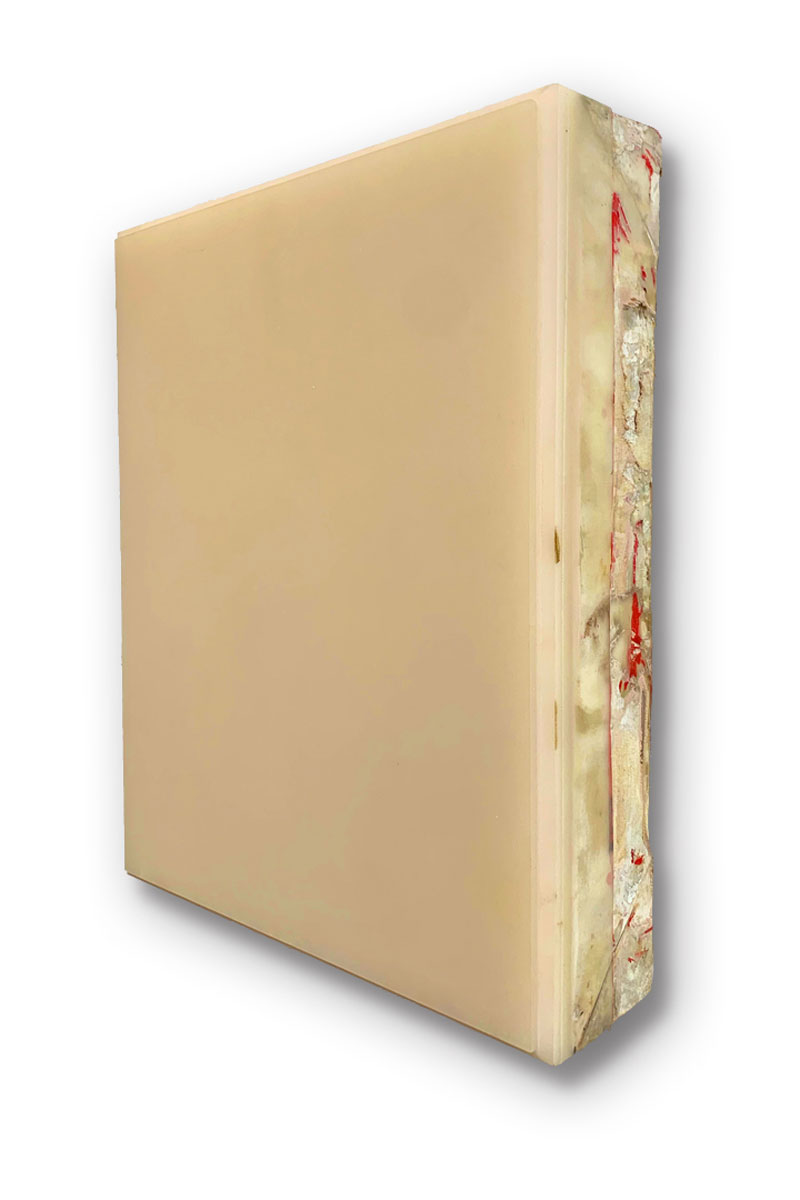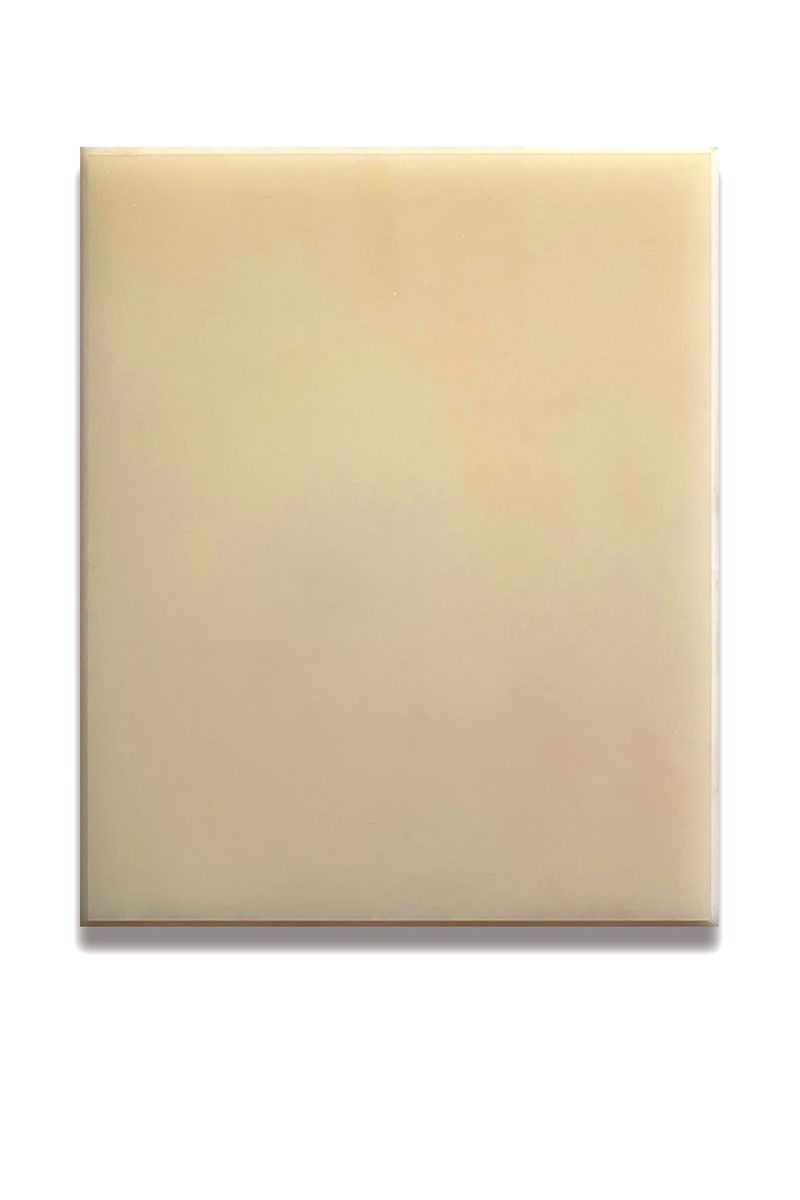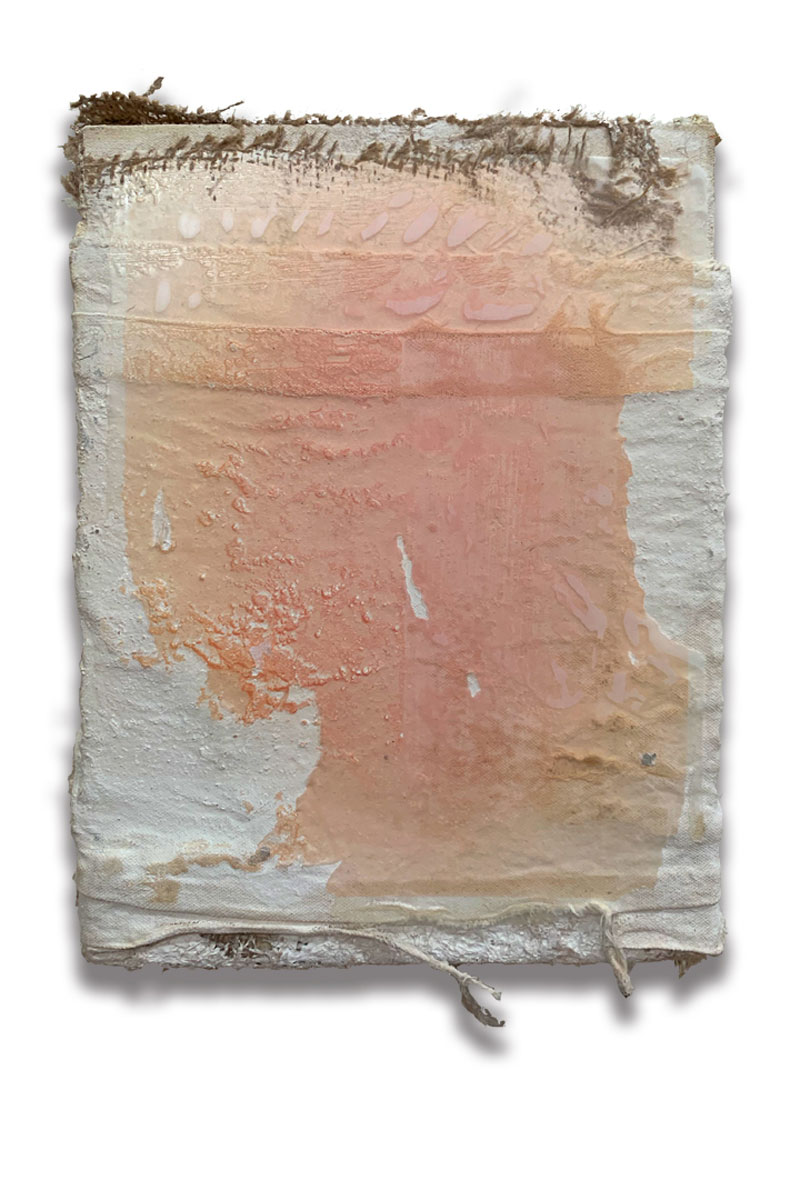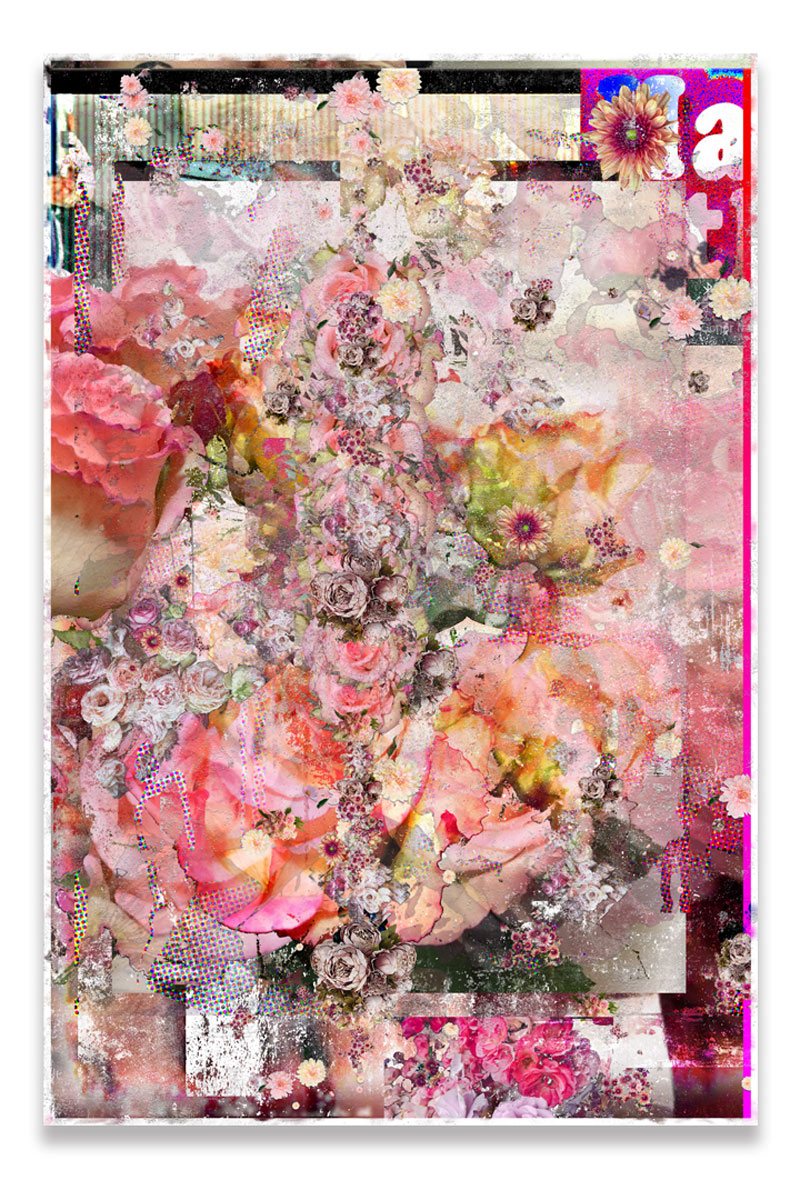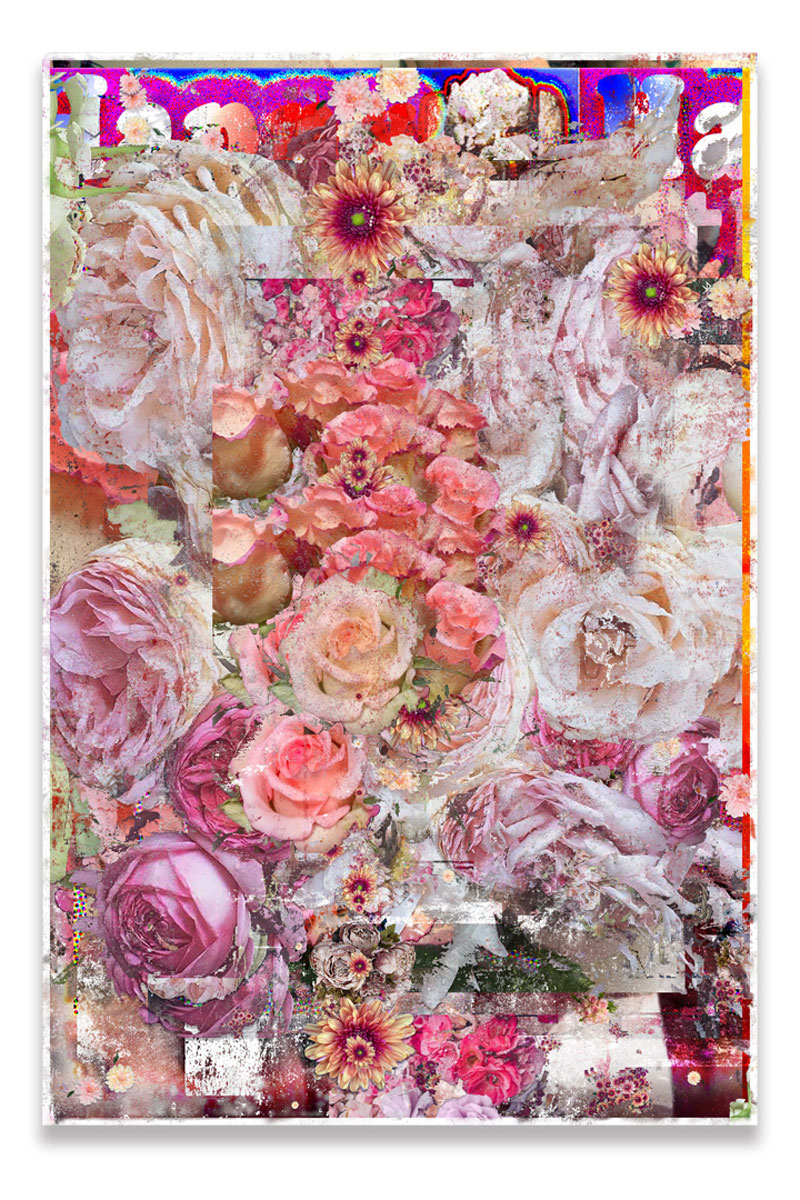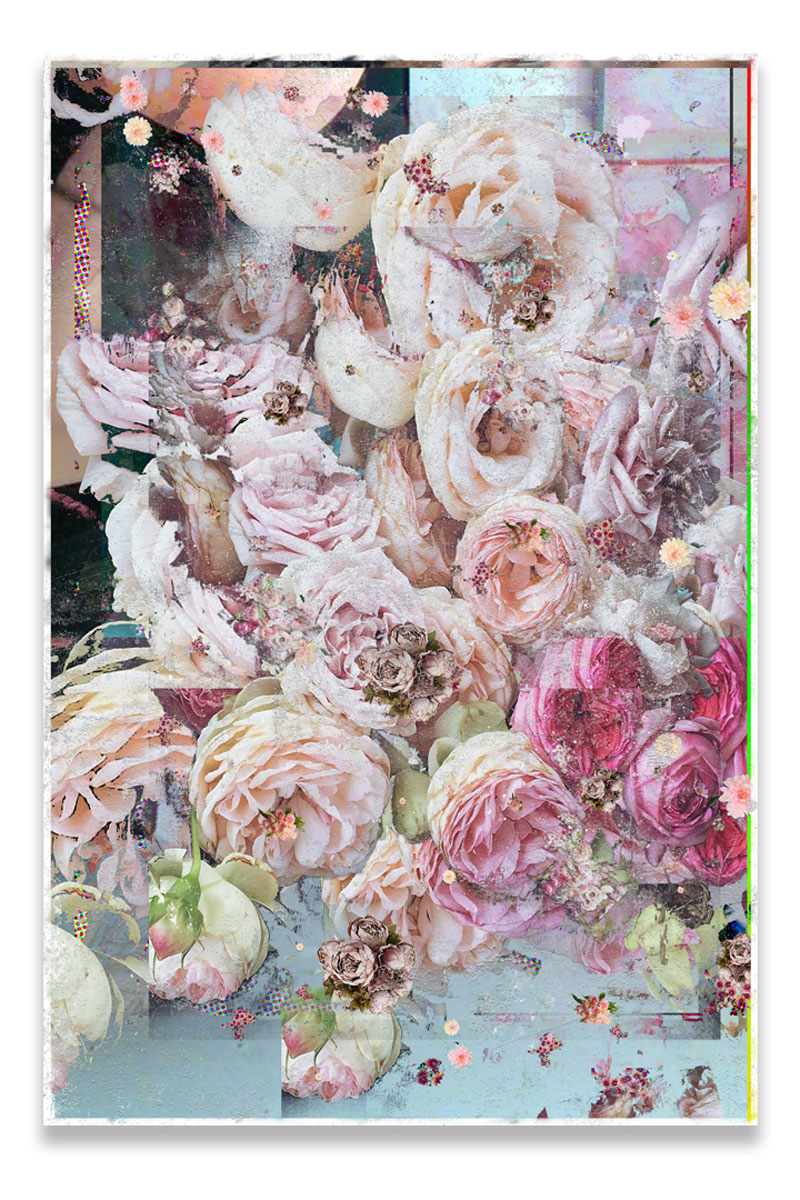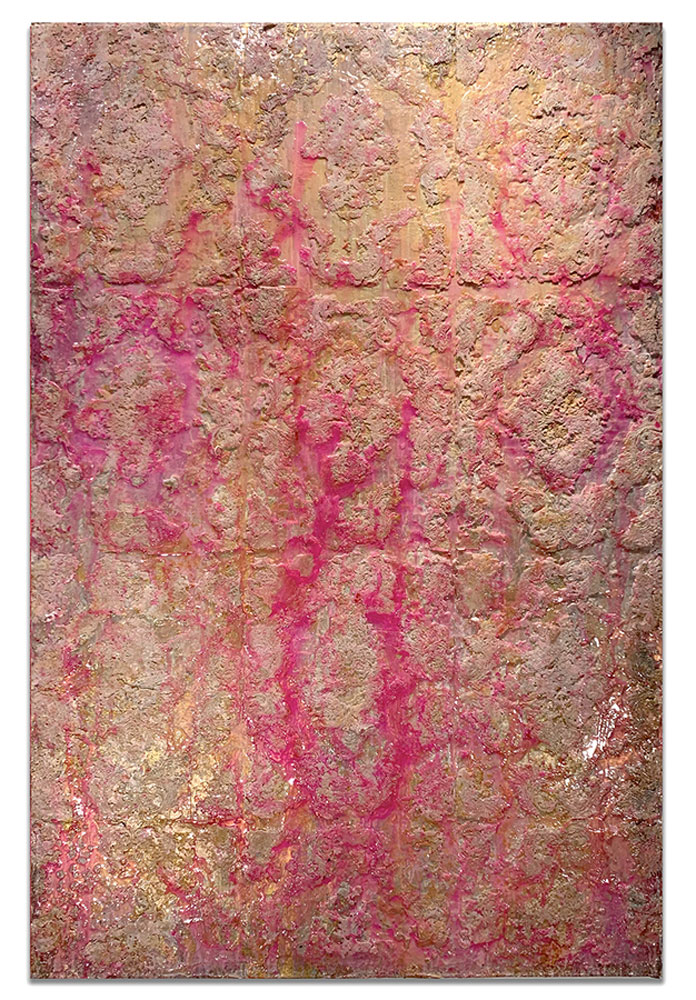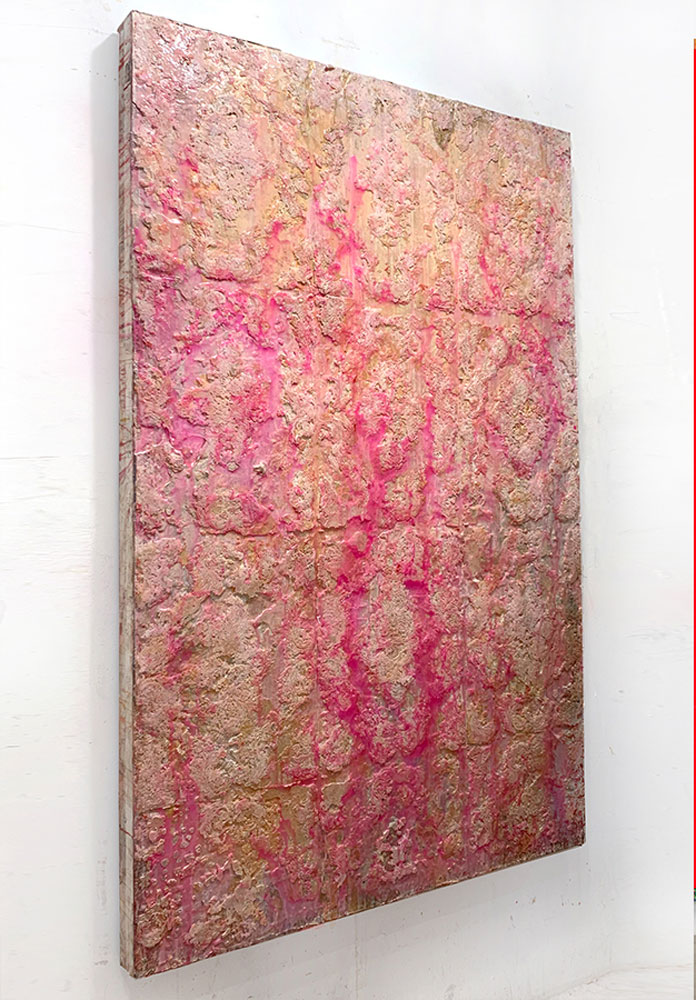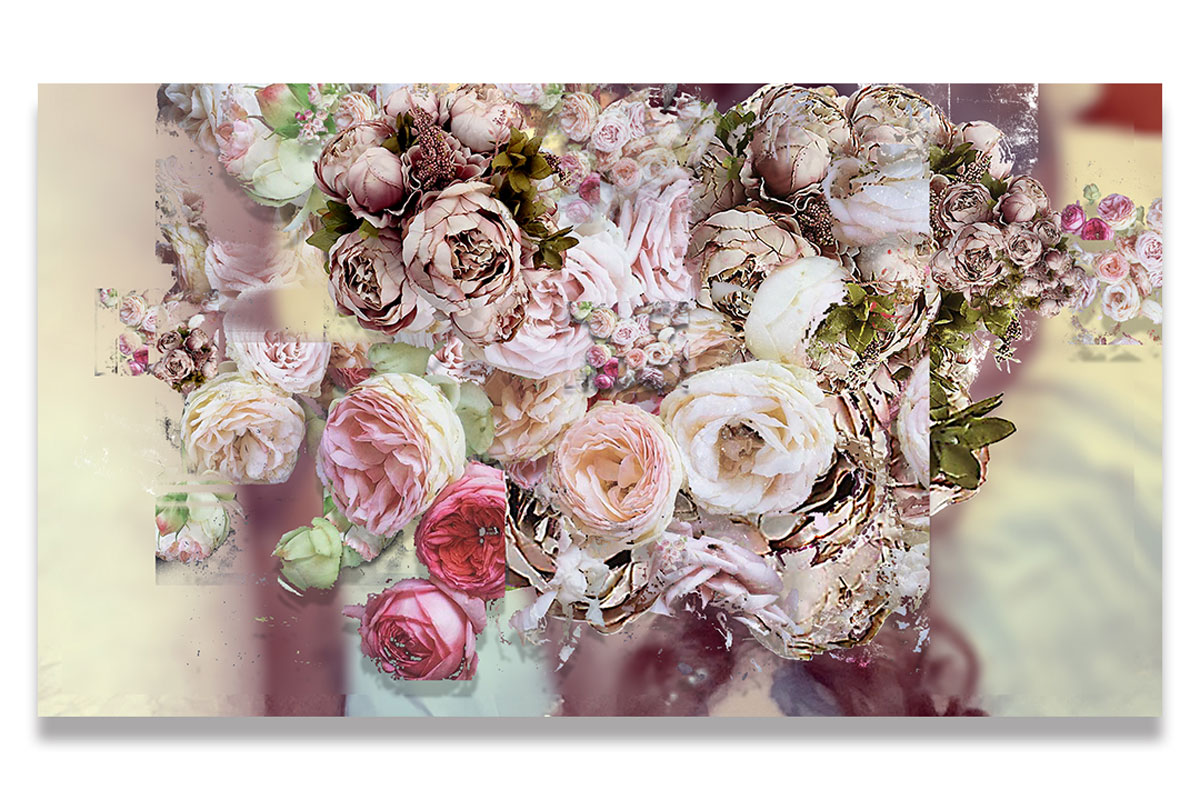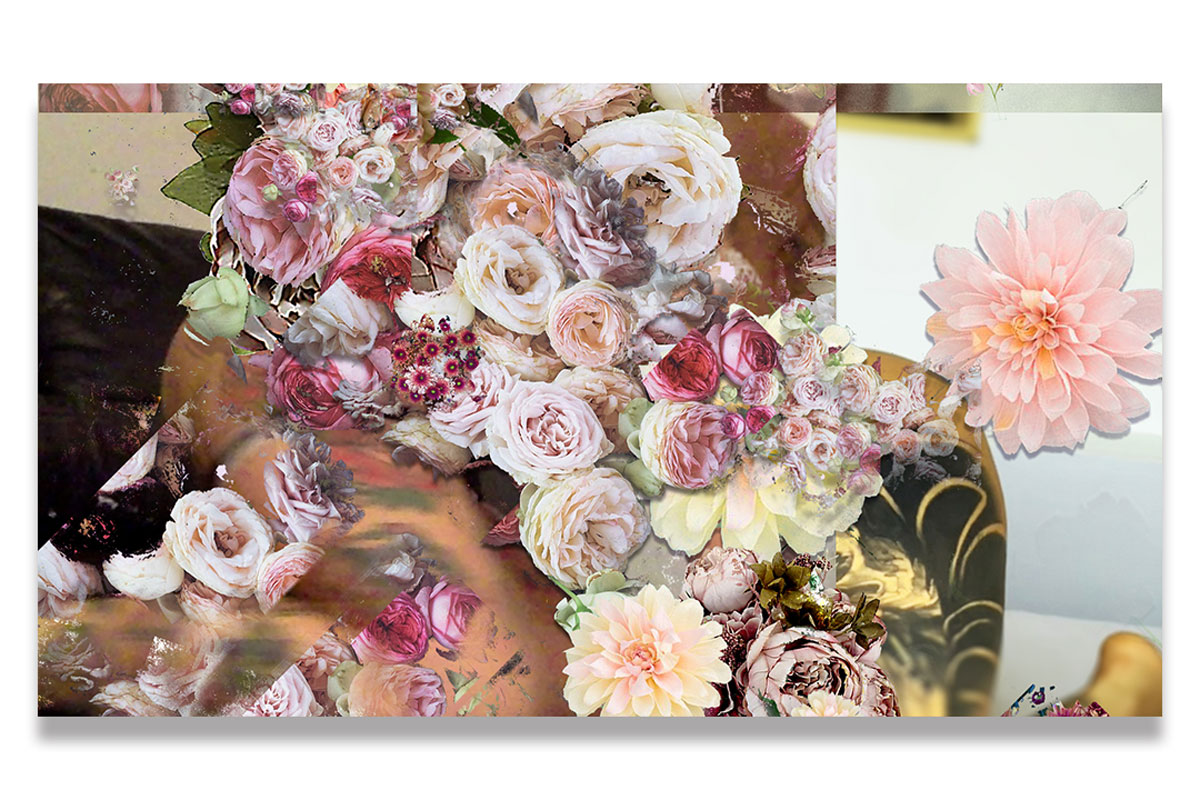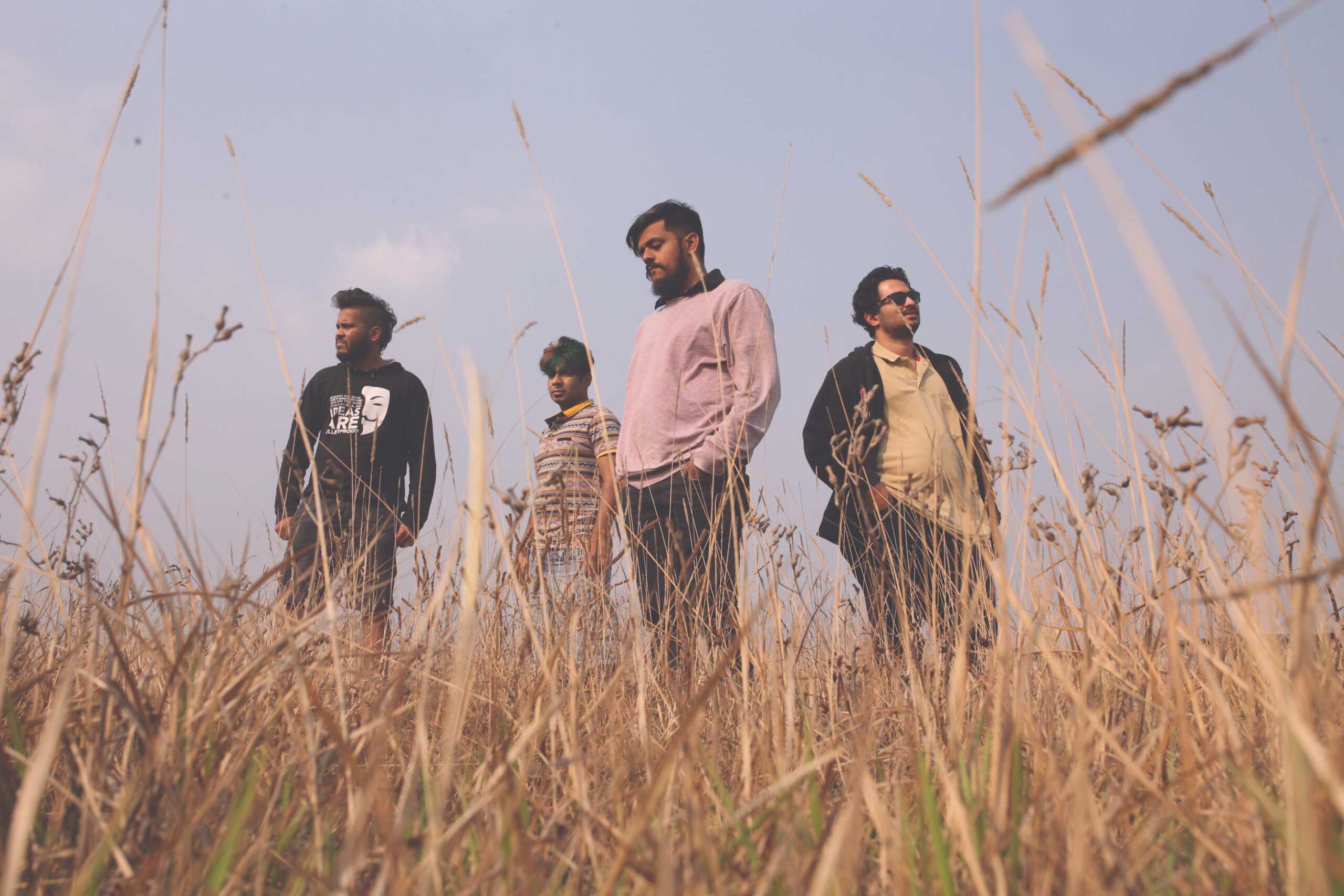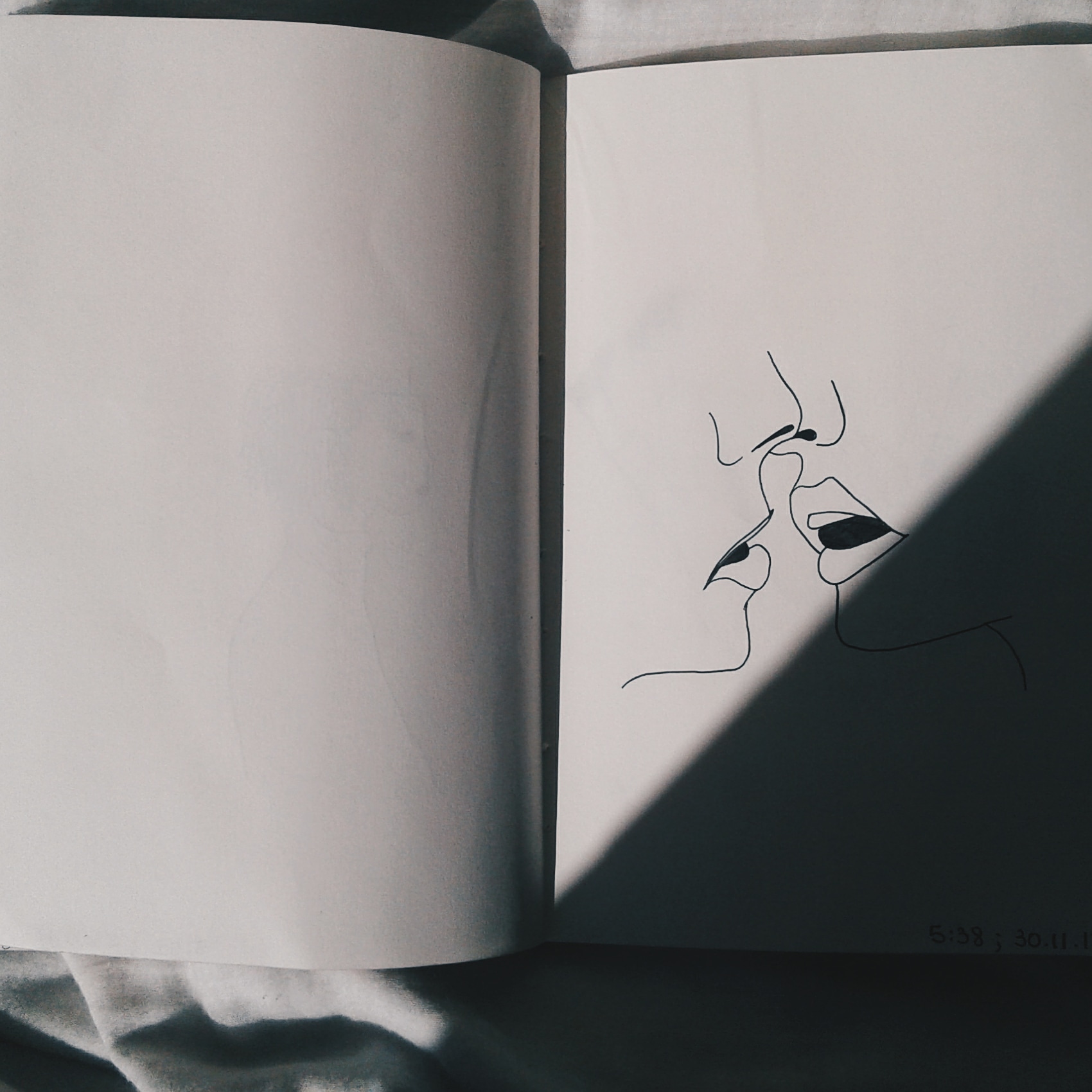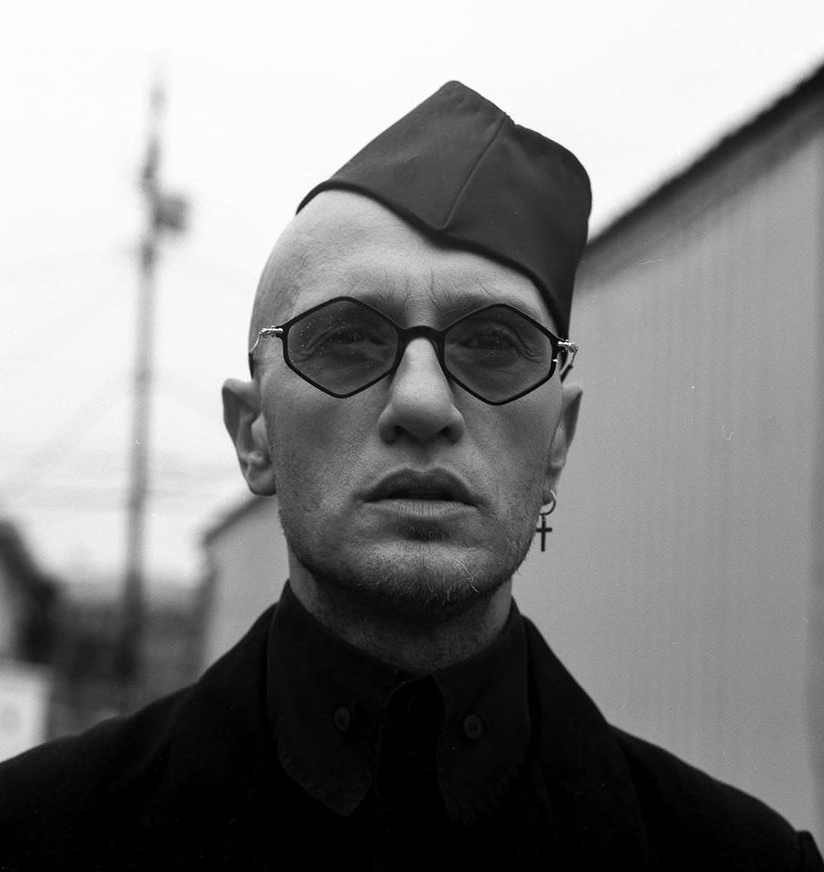“For me, the choice to work in an abstract form is simply the freedom. I love the representational. There is a power and majesty in it that are hard to rival. I’m drawn to mystery and the things I can’t quite see.”
Eric Yevak
Art uses conflict as a measure to unroll and engage with dialogues of deterrence and understanding of a range of emotions that are severed from everyday life. Through dealing with a conflict, a sense of spiritual invocation is expected in the viewer to discover what transcends conflict and violence.
Eric Yevak, a multimedia artist based in Brooklyn New York, has produced a series of artworks that are beautiful examples of abstraction that reflects on the human condition. He explores violent conflicts and struggles of a life lead in a civil world so full of contradictions and harshness. Yevak’s life has been surrounded by war, he says “I grew up on the East coast of the united states. In Hampton Va, where I grew up, there were several large military bases. A large part of my school friends were military kids and most of the people at my church were military. Every day we would see fighter jets soaring overhead. At our local beach, there were constant naval ships. I was surrounded by large machines of war.”
Yevak’s underlying concept behind the recent work is the idea of purity. His canvas breathes honesty with visuals of meditative truths that surround us. His artworks possess somber colors that seem to radiate glorious energies flowing through the canvas creating a tension between the viewer and itself. He says, “I have two different color palettes. For the pieces in the ‘Temple’ series, I used colors only found and associated with human bodies. In the ‘Garden’ series, the work has a wildness to it, the purity of a wild abandon garden and violence of raw life. In these pieces, I use brighter colors, live vibrant colors.”
Yevak uses a process of layering and redefining the art in making so that the piece keeps evolving a growing. This process builds a history for the piece that can be traced through filaments and residuals. This is achieved by constantly controlling and manipulating the resins, pigments, and silicone. He says, “At each step, I sand away parts and then reapply pigment, wiping and reapplying, this leaves a stain of some sort. One layer might be color, another pass semi-translucent texture, that will only show through in some part in a later stage. But there are always trace elements left behind. The mistake, the human, the element that is struggled against. The balance between chaos and order, the human and the divine. If there wasn’t an error at each stage there would not be a piece of art.”
Yevak seeks a balance in the apex of conflict. Even though his artworks have violence at their core, but he retreats from violence by not portraying an act of violence. He does not represent the conflict itself but seizes the dichotomy between the tension and struggle for control and its inevitable consequences. He says, “In the ‘Daughters’ piece, I leave fragments of the construction material that was used to hold parts of the underpainting canvas together. As I build up the layers, I try to leave evidence of what I just did. I also seem to use a lot of pinks. In this piece the violence is gone; it becomes a witness of the struggle for control.”
Yevak superimposes phrases in Arabic script to draw a deeper meaningful connection with abstraction and the human form. He says, “I became fascinated with Arabic design practices and I saw a lot of connections with the work I was making at the time. Over the last year, I have been using Arabic and English in the post for my Garden work. The Arabic I use closely translates to “Garden of Eden”. His compositions are interestingly a mix of various mediums that build a narrative of conflict through residues and impositions of materials that are eroding with hints of linguistic inclusion forming a visual balance for the eye. In hindsight, his work gives new meaning to violence, and as he welcomes us to his garden of conflict.
his story is a part of our ongoing collaboration with The Honey Pump. The Honey Pump fosters relationships with institutions, art galleries, businesses, and art collectors, connecting them with artists to produce impactful projects. As a women-owned visual arts agency, the Honey Pump aims to produce sustainable and equitable initiatives which promote transparency and collaboration. Since its relaunch as a visual arts agency in 2020, the Honey Pump set out to develop an innovative business model mindful of how the art world has evolved. The agency supports clients and artists by helping them navigate professional relationships. The Honey Pump offers flexible solutions to meet a wide range of goals at a variety of scales and budgets.
Text by Mariyam Fatima.
Featured Artist Eric Yevak.
